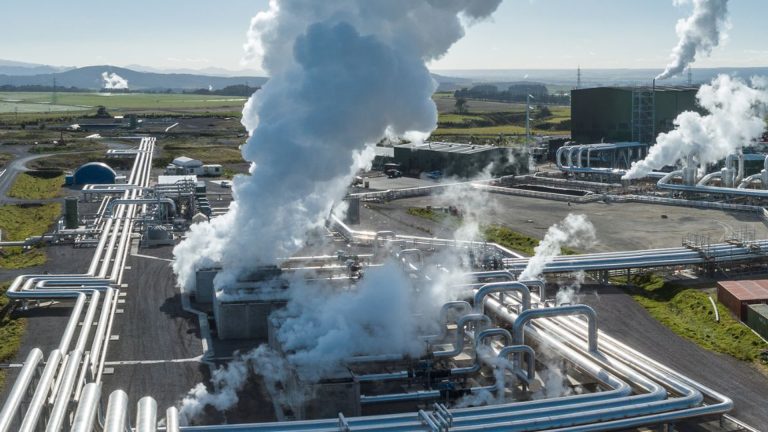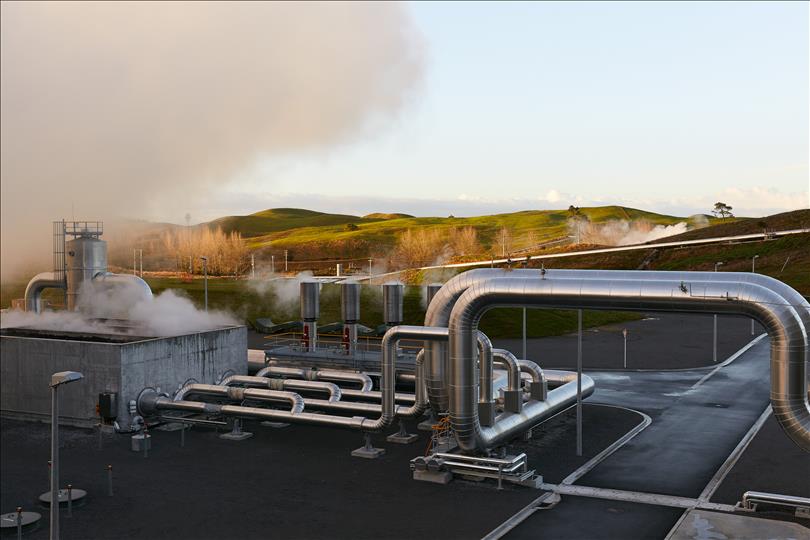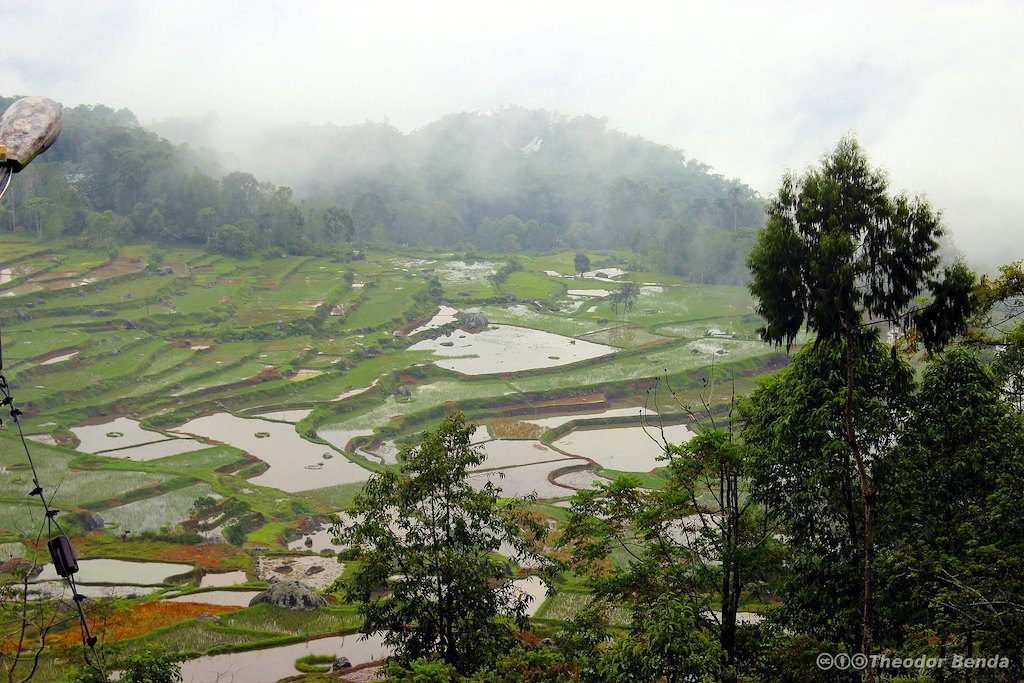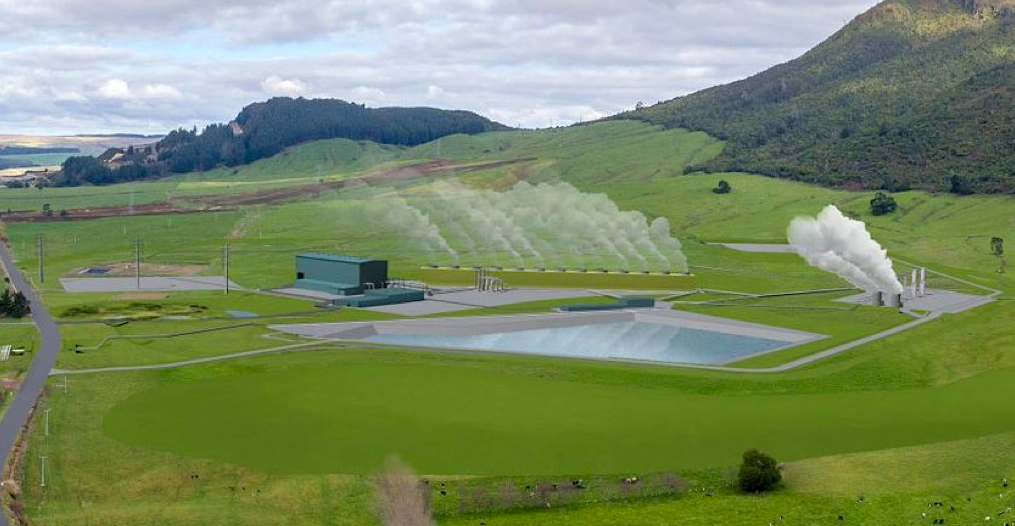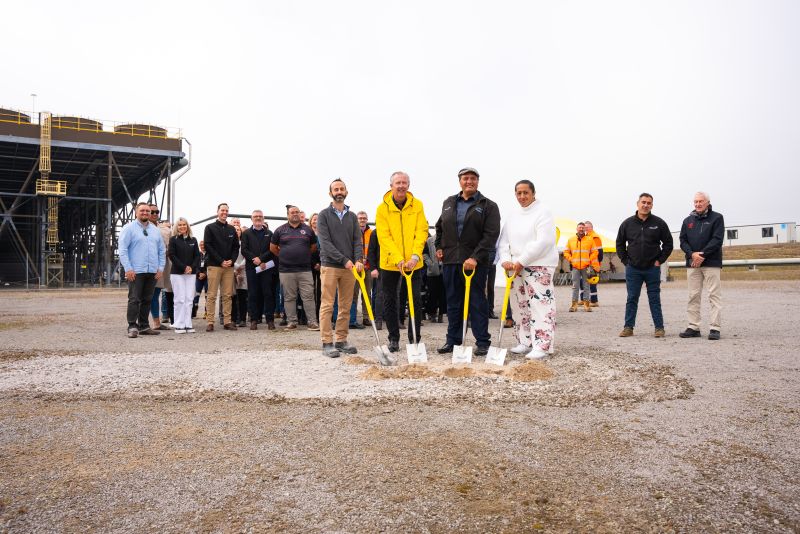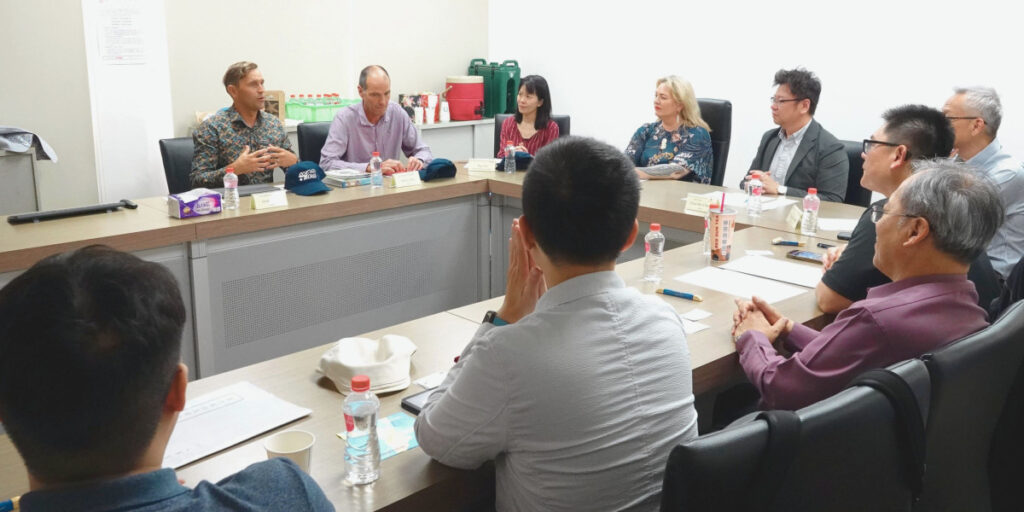
We first reported on the research initiative of GNS Science on supercritical geothermal resources under the “Geothermal: The Next Generation” programme back in 2020. Now on its final stages, the programme has verified the immense potential of harnessing deeper superhot geothermal energy, or supercritical geothermal, in New Zealand.
In the Taupo Volcanic Zone (TVZ), supercritical conditions can be found at depths as shallow as 4 kilometers. This makes New Zealand one of the few places in the world where supercritical geothermal resources are both accessible and technically feasible.
Supercritical in this context refers to conditions where pure water exceeds 373 °C and 220 bars of pressure. The supercritical state can provide up to three times higher production enthalpy compared to conventional geothermal.
Economic viability of supercritical geothermal
GNS Science further engaged with Castalia Limited to independently evaluate the economic viability of supercritical geothermal as a near-future technology for New Zealand to pursue. The report, published in November 2023, states that supercritical geothermal can potentially address all aspects of the energy trilemma (security, sustainability, and affordability) and provide abundant and reliable baseload electricity with zero emissions for the country.
As part of the report, several energy development scenarios were models with each one accounting for research and regulatory development timelines and exploration costs. Based on the results, New Zealand can the massive electricity generation potential of supercritical geothermal can be achieved economically by 2037, and conservatively by 2049.
“The results are exciting, and we are looking forward to support the government and the private sector to realise this New Zealand Inc opportunity,” said Dr Isabelle Chambefort, Energy Futures Leader at GNS Science.
“Superhot geothermal generation would be economic to build, even at costs that are double that of new conventional geothermal power plants,” added Andreas Heuser, Managing Director at Castalia. “New Zealand’s world-best scientists and technologists hold the skills and knowledge, and GNS Science the important IP for taking superhot geothermal forward.”
